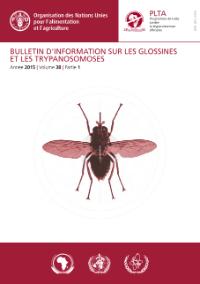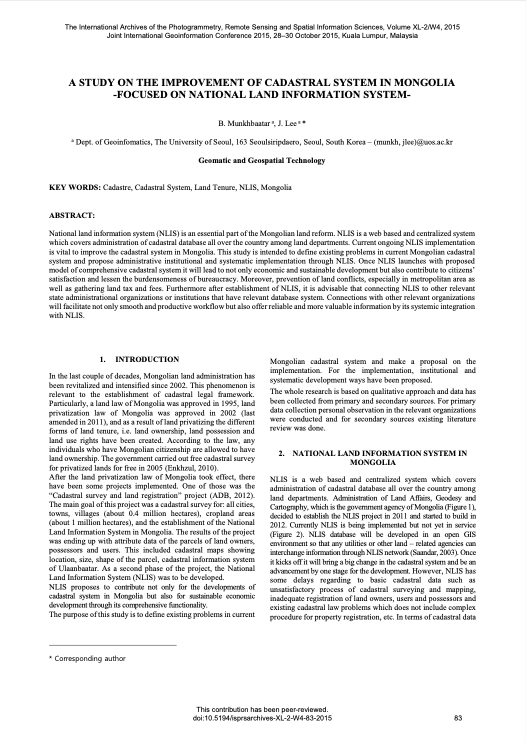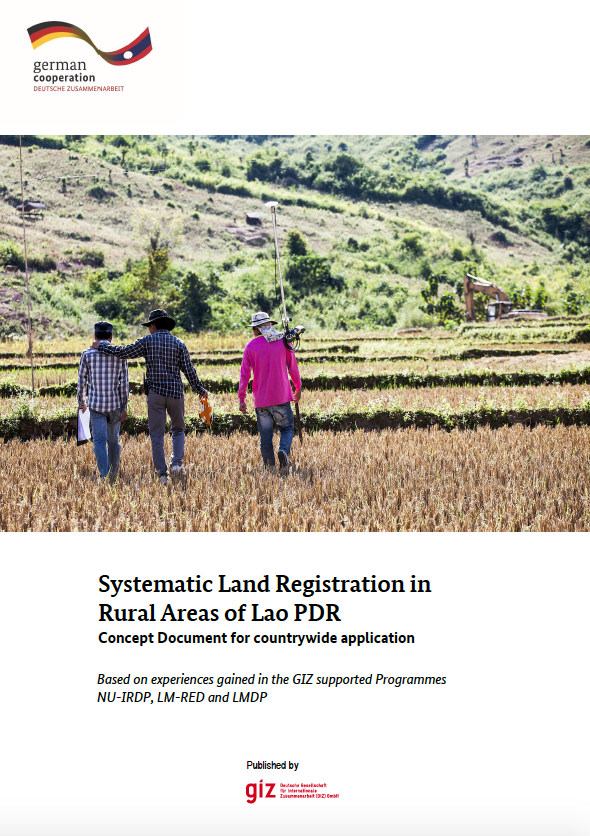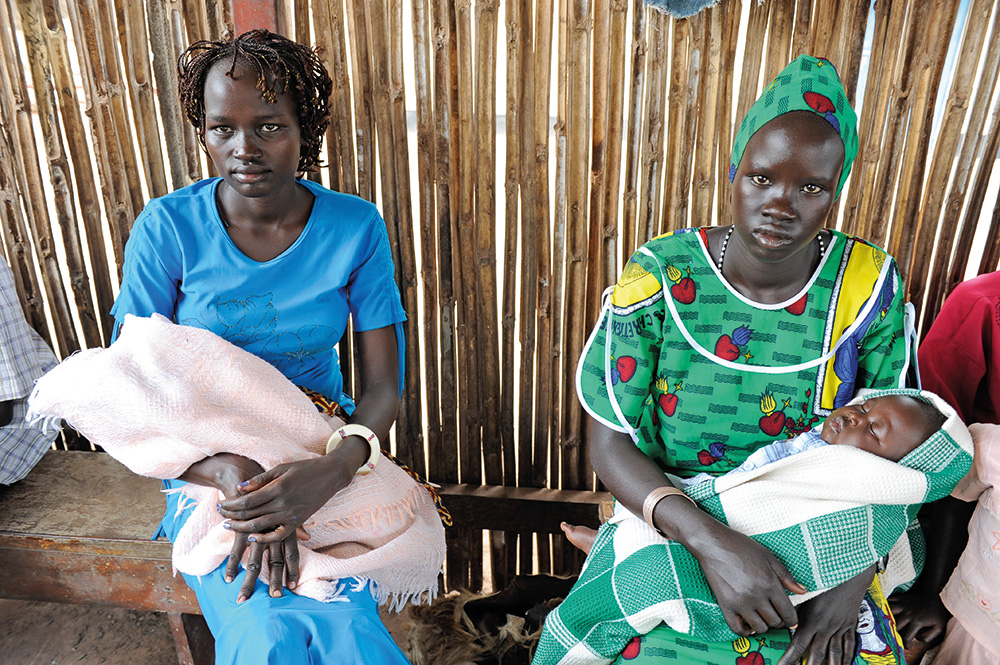Tweede externe audit van de Basisregistratie Kadaster : rapportage en verklaring over de kwaliteit van de BRK
De kadasterwet stelt dat er elke drie jaar een audit moet plaatsvinden op de kwaliteit van de authentieke gegevens van de Basisregistratie Kadaster In 2015 heeft Alterra voor de tweede maal deze audit uitgevoerd d.m.v. interviews en literatuurstudie. Dit rapport bevat de bevindingen en aanbevelingen van deze audit, inclusief een verklaring over de kwaliteit van de Basisregistratie Kadaster.








